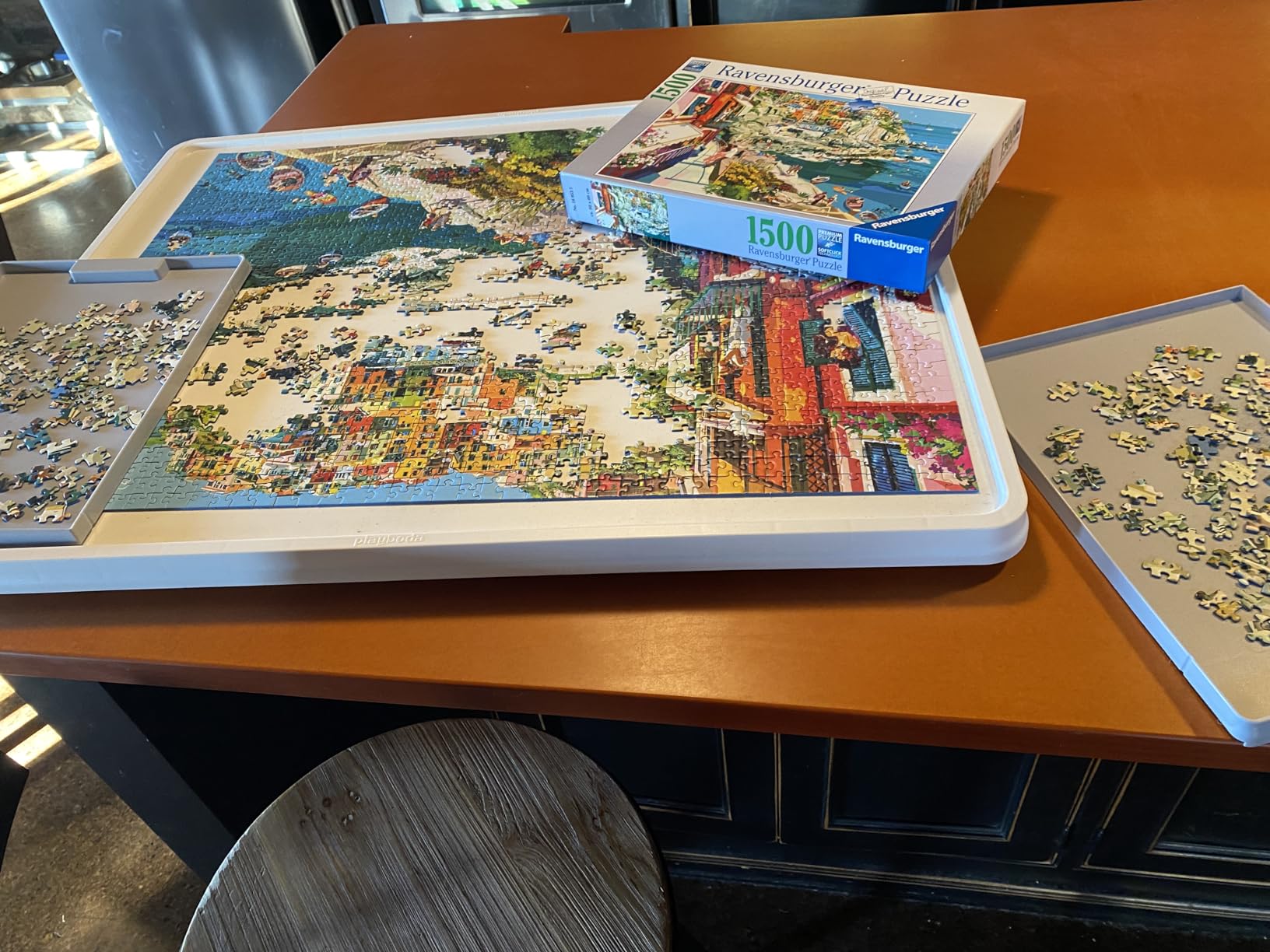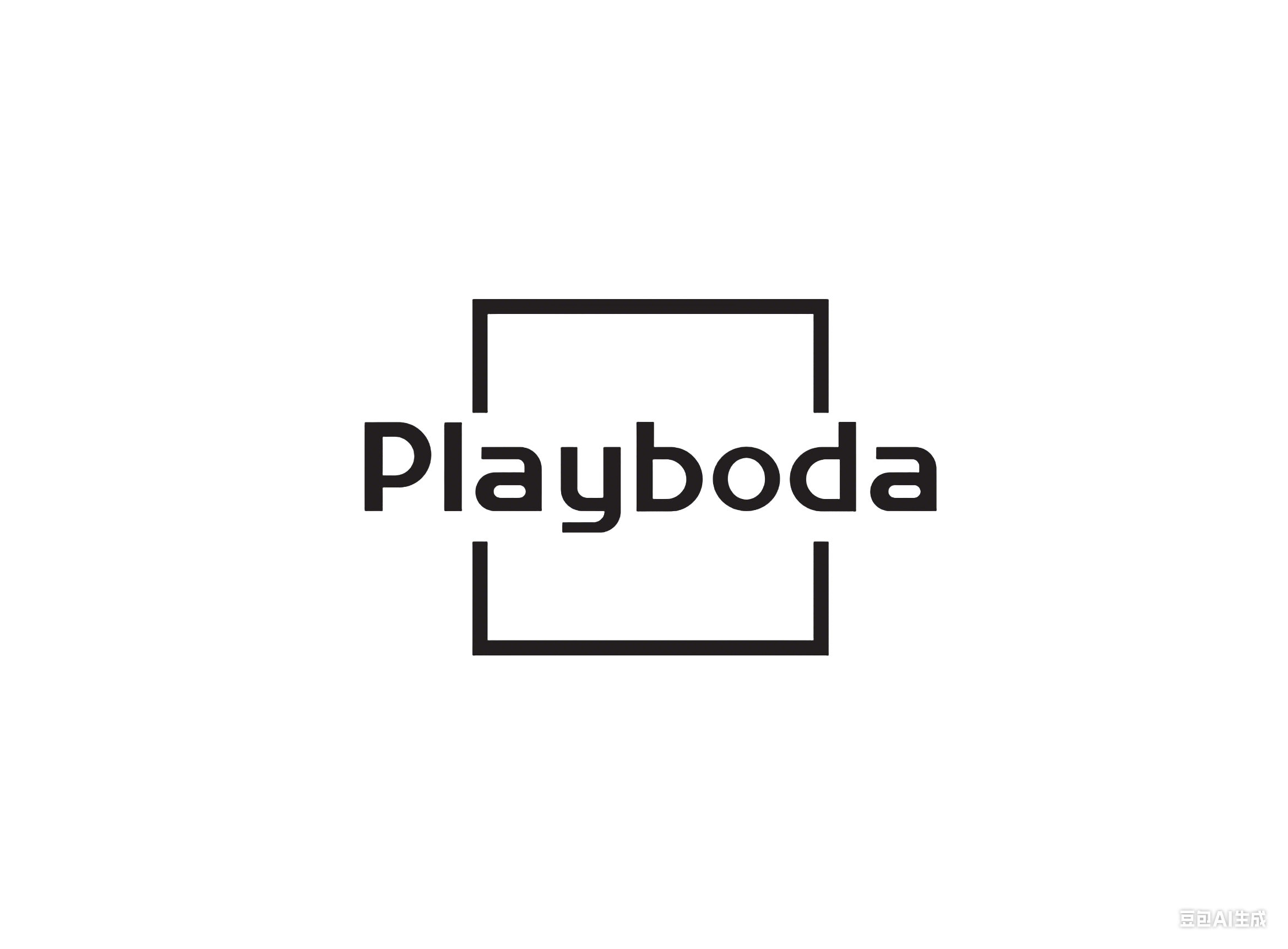
What Is the Best Jigsaw Puzzle Board?
Quick Summary:
The best jigsaw puzzle board is one that balances functionality, material quality, and size. In simple terms: the best puzzle board is lightweight but sturdy, made from ABS or PVC plastic, includes sorting drawers and a tilting or rotating feature, and measures about 30 x 22 inches for a standard 1000-piece puzzle. It should feel comfortable to use for hours, easy to store, and stable enough to protect your work.
Whether you’re puzzling on your dining table or in a cozy corner, a well-designed puzzle board can turn a simple hobby into a relaxing ritual. Let’s explore what makes one truly stand out — from smart design to the materials that keep it lasting for years.

1. Function: What Makes a Puzzle Board “Good”?
A great puzzle board isn’t just a flat surface — it’s a well-thought-out workspace designed for long, enjoyable puzzle sessions. When you spend hours searching for that one corner piece, you start to notice how much good design matters.
Essential Functions That Matter
1. Sorting and Storage Solutions
Many modern puzzle boards include drawers or detachable trays that allow you to organize pieces by color, pattern, or edge type. This saves time and creates a cleaner workspace. It also helps you return to your puzzle later without having to redo sorting.
If you’ve ever used cereal bowls or plastic bags to hold your pieces, you’ll understand how revolutionary built-in drawers can be. They bring calm and structure to what’s often a chaotic table.
2. Tilting Mechanism for Comfort
Most puzzlers spend hours leaning forward. A tilting board (angled between 20°–35°) supports better posture by bringing the puzzle closer to your line of sight. This small adjustment can prevent neck, back, and shoulder strain — especially for senior puzzlers or those with desk jobs.
3. Rotating Base for Accessibility
A rotating or “lazy Susan” base lets you turn the puzzle smoothly without lifting or stretching. You can stay in your seat and still reach every corner, making puzzling more ergonomic and relaxing.
Imagine working on a 1500-piece landscape where the sky stretches across the top edge — instead of walking around the table, you just spin the board and keep going.
4. Protective Covers and Mats
A good puzzle board should protect your progress. Many include a transparent cover or felt mat that prevents dust, pets, or small hands from disrupting your work. It also makes it easier to pause your session and return later without worry.
5. Portability and Space Efficiency
Functionality isn’t only about features — it’s also about convenience. The best boards are designed to be lightweight yet stable, allowing you to move your puzzle from the dining table to the sofa or even to another room. Some even include handles or foldable legs for quick storage.
6. Multi-Use Design
While primarily for puzzling, a high-quality board can double as a craft or game surface. Some users use it for embroidery, Lego builds, or even as a portable laptop desk. That flexibility adds long-term value.

2. Material: Why It Matters
The material of your puzzle board directly affects durability, stability, weight, and comfort. Each type has a unique texture and feel — some are smooth and easy to clean, others absorb sound or resist slipping.
Wooden Puzzle Boards
Pros:
-
Very sturdy and provides a stable, classic feel.
-
Smooth wood grain offers a pleasant tactile experience.
-
Ideal for permanent setups or dedicated puzzle rooms.
Cons:
-
Heavy, often 12–20 lbs or more.
-
Not ideal for moving or storage; may take up large surfaces.
-
Sensitive to humidity and spills; may warp or stain.
Who It’s For: Traditional puzzlers who love craftsmanship and don’t need portability.
Pro Tip: Choose hardwood (like birch or beech) instead of plywood — it lasts longer and resists bending.
Foam and Cardboard Boards
Pros:
-
Inexpensive, accessible, and very lightweight.
-
Easy for beginners or families to make DIY versions.
Cons:
-
Prone to bending and denting.
-
Surface can become uneven with humidity or repeated use.
-
Easily damaged at the corners, making them short-lived.
Who It’s For: Casual or occasional puzzlers who need a temporary surface.
Note: Use double-layered foam or cardboard to increase stability, but it still won’t match professional quality.
Plastic (ABS or PVC) Puzzle Boards
Pros:
-
Combines light weight with rigidity — ideal for portability.
-
Resistant to spills, humidity, and scratches.
-
Easy to clean; smooth surface keeps pieces flat and aligned.
-
Often used in professional-grade puzzle boards.
Cons:
-
Slightly higher cost than foam or wood.
-
Can feel less “warm” than wood, though more practical.
Who It’s For: Serious puzzlers who value longevity, comfort, and easy maintenance.
Plastic puzzle boards are becoming the modern standard because they strike the perfect balance: strong yet light, sleek yet functional.
Felt or Fabric Mats
Pros:
-
Soft and portable; great for travel.
-
Can be rolled up for storage when not in use.
Cons:
-
Uneven surface can cause pieces to shift.
-
Rolling can distort or loosen puzzle connections.
-
Hard to achieve a completely flat workspace.
Who It’s For: Travelers, casual puzzlers, or those with limited space.
Tip: Always roll gently and secure both ends; avoid leaving it rolled for too long.
Comparison at a Glance
| Material | Durability | Weight | Maintenance | Portability | Comfort |
|---|---|---|---|---|---|
| Wood | ★★★★★ | Heavy | Moderate | Low | High |
| Foam/Cardboard | ★★☆☆☆ | Light | Fragile | Medium | Medium |
| Plastic (ABS/PVC) | ★★★★★ | Light | Easy | High | High |
| Felt/Fabric | ★★☆☆☆ | Very Light | Easy | Very High | Medium |
3. Size: Matching Your Puzzle Goals
The right size depends on your puzzle habits and available space.
| Puzzle Size | Recommended Board Size | Description |
|---|---|---|
| 500 pieces | 24" x 18" | Perfect for small tables or travel |
| 1000 pieces | 30" x 22" | Ideal standard for most puzzlers |
| 1500 pieces | 35" x 27" | Spacious enough for sorting edges |
| 2000+ pieces | 40" x 28" or larger | For advanced puzzlers with dedicated space |
Always choose a board at least 2–3 inches larger than your puzzle to allow sorting and movement.
If you live in a small apartment, look for folding or modular designs that can slide under beds or couches.
There’s no single “best” puzzle board for everyone — but there is a best match for your lifestyle.
-
Need flexibility? Go with a lightweight plastic board.
-
Want a traditional look? Choose solid wood.
-
Short on space? Try a foldable or felt mat.
Whatever you choose, focus on three principles: functionality, comfort, and durability. The best puzzle board is the one that disappears into the background and lets you fully enjoy the puzzle itself.

FAQ: Best Jigsaw Puzzle Board
Q1: What’s the best material for durability?
A: ABS or PVC plastic — it’s lightweight, strong, and resistant to humidity.
Q2: Is wood or plastic better for puzzling?
A: Wood feels more traditional, but plastic offers better portability and maintenance.
Q3: What size board should I get for 1000 pieces?
A: Around 30" x 22" fits most 1000-piece puzzles comfortably.
Q4: Do I need a tilting or rotating board?
A: They’re not required, but they add major comfort and prevent neck/back fatigue during long sessions.
Q5: Can I make my own puzzle board?
A: Yes, but DIY boards often lack stability and protection. A professionally designed board will last much longer.
Share
